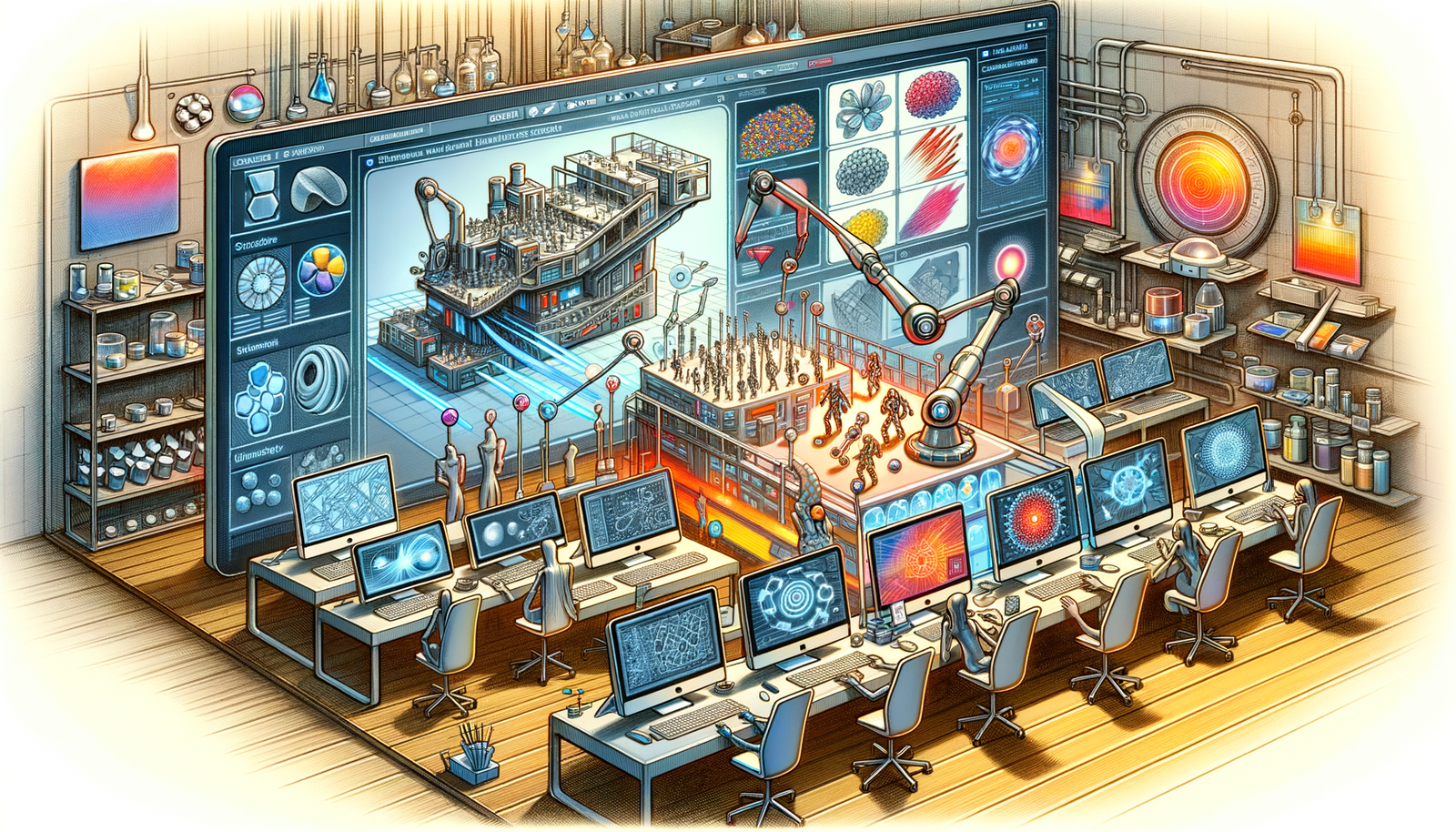Your Cart is Empty
Customer Testimonials
-
"Great customer service. The folks at Novedge were super helpful in navigating a somewhat complicated order including software upgrades and serial numbers in various stages of inactivity. They were friendly and helpful throughout the process.."
Ruben Ruckmark
"Quick & very helpful. We have been using Novedge for years and are very happy with their quick service when we need to make a purchase and excellent support resolving any issues."
Will Woodson
"Scott is the best. He reminds me about subscriptions dates, guides me in the correct direction for updates. He always responds promptly to me. He is literally the reason I continue to work with Novedge and will do so in the future."
Edward Mchugh
"Calvin Lok is “the man”. After my purchase of Sketchup 2021, he called me and provided step-by-step instructions to ease me through difficulties I was having with the setup of my new software."
Mike Borzage
Exploring Material Innovation Through Design Software: Revolutionizing Product Development
June 19, 2024 2 min read


Introduction to Material Innovation in Design
The advent of design software has revolutionized material selection and usage, transforming how products are developed and brought to market. The importance of materials in product development cannot be overstated, with sustainability and performance often hinging on the materials chosen. This relationship between material choice and product success underscores the significance of material innovation in the modern design process. A brief history of material innovation reveals a close tie with technological advancements, showcasing how each new evolution in technology has propelled us into new realms of material possibilities.
Advanced Material Simulation Tools
Today's design software encompasses sophisticated simulation tools for material analysis, playing a pivotal role in the development of new materials. These tools allow designers and engineers to predict how materials will behave in various conditions, significantly impacting the design process in several ways:
- Enhanced ability to tailor materials to specific design requirements
- Reduction in the need for physical prototypes, saving time and resources
- Improvement in overall product performance and sustainability through optimized material selection
Through the use of advanced simulation tools, numerous case studies have demonstrated the ability to not only improve existing materials but also invent entirely new ones that meet precise design specifications.
Integrating Material Databases with Design Software
The integration of extensive material databases within design tools represents a significant leap forward in design efficiency and effectiveness. This integration offers several benefits:
- Streamlines the design process, allowing for easy access to a wide array of material options
- Enables more informed decision-making by providing detailed material properties within the design environment
- Fosters innovation by allowing designers to experiment with novel material combinations directly within their design workflows
Examples of design software that have successfully integrated material databases illustrate the power of this synergy, enabling a more seamless transition from conceptual design to final production.
Future Trends in Material Innovation through Software
The frontier of material innovation through design software is ever-expanding, with several future trends poised to redefine the landscape. Among these, the integration of AI and machine learning stands out, offering unprecedented potential for the discovery of new materials. These technologies can analyze vast datasets to predict material properties and behaviors, thus accelerating the innovation cycle. Additionally, the ongoing advancement of software capabilities is expected to further drive sustainability in design through more efficient and effective use of materials. As these trends continue to evolve, the potential for design software to catalyze material innovation has never been greater, promising a future where the boundaries of material science are continually pushed forward by technological progress.
Also in Design News

Insect and Arachnid Inspired ZBrush Sculpting with Eric Keller
January 19, 2026 1 min read
Read MoreSubscribe
Sign up to get the latest on sales, new releases and more …




